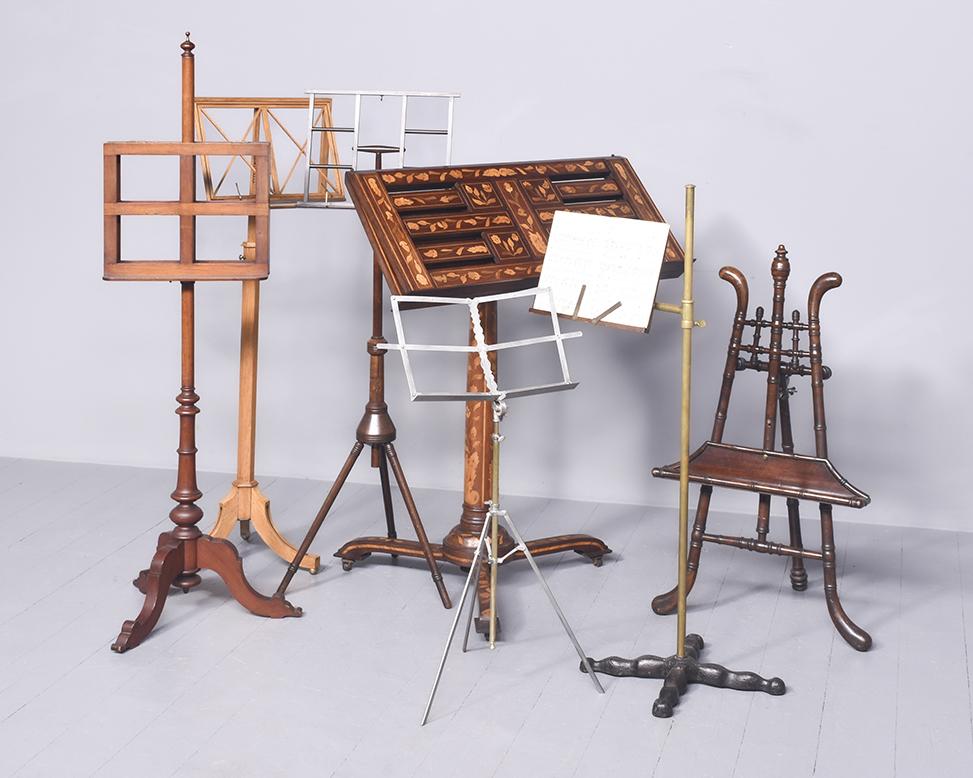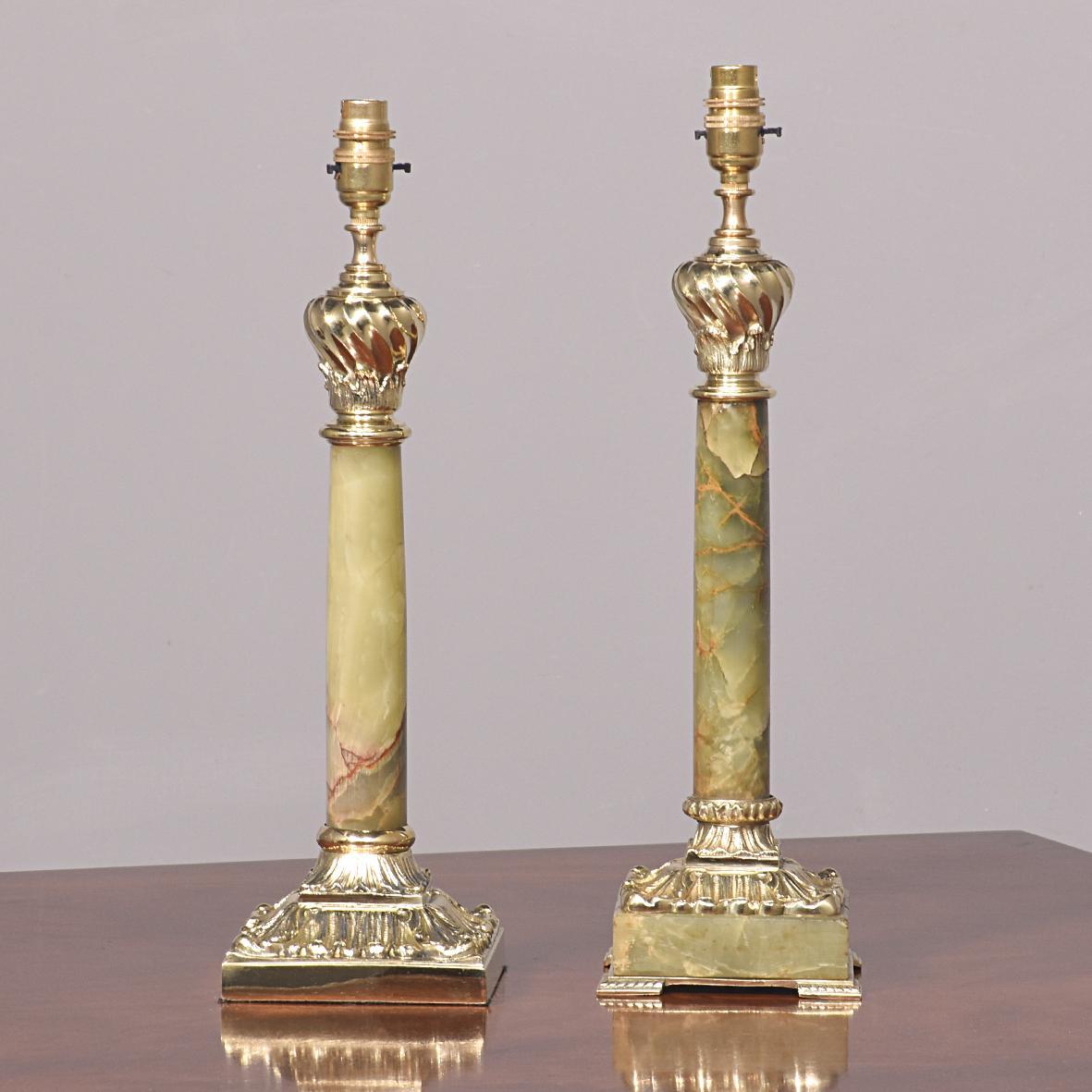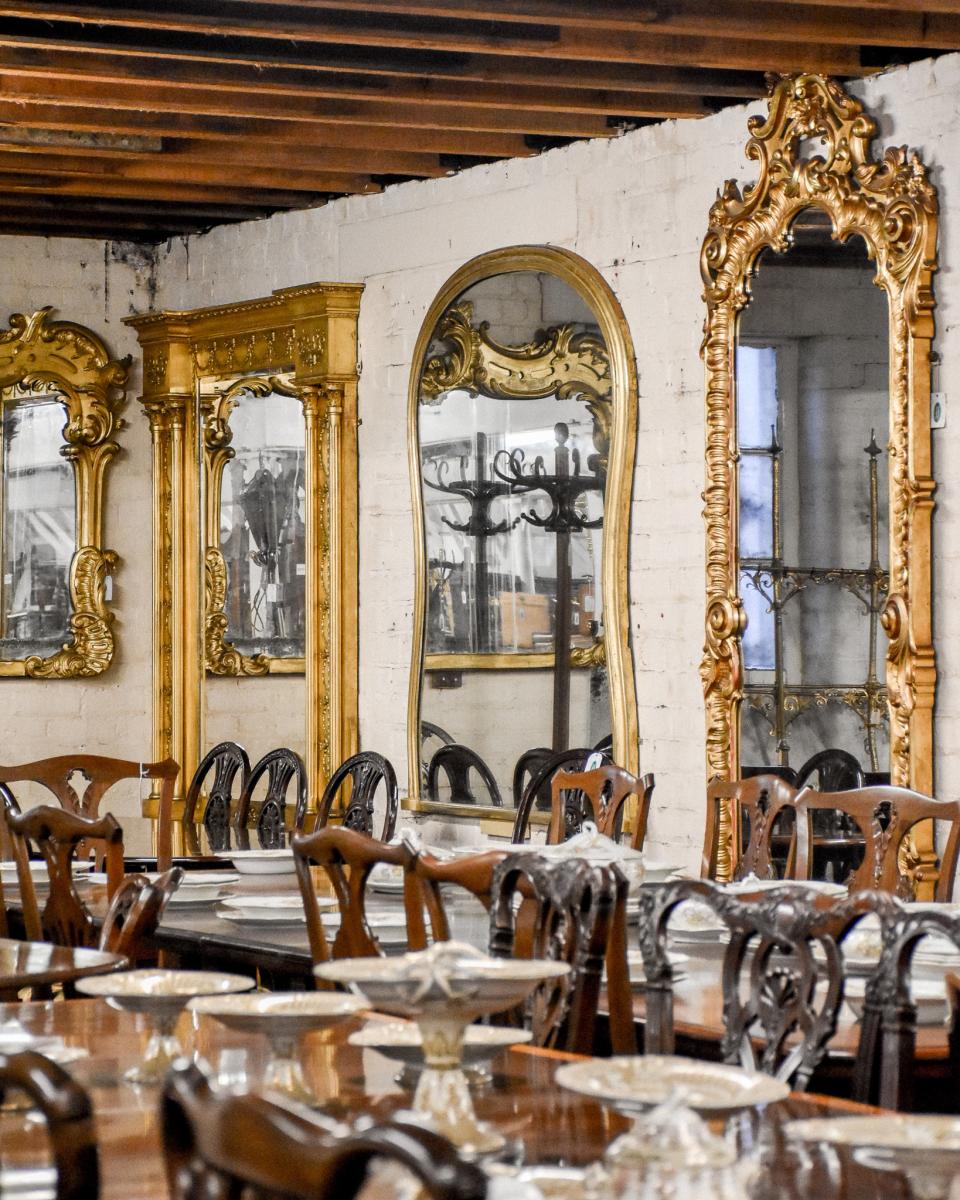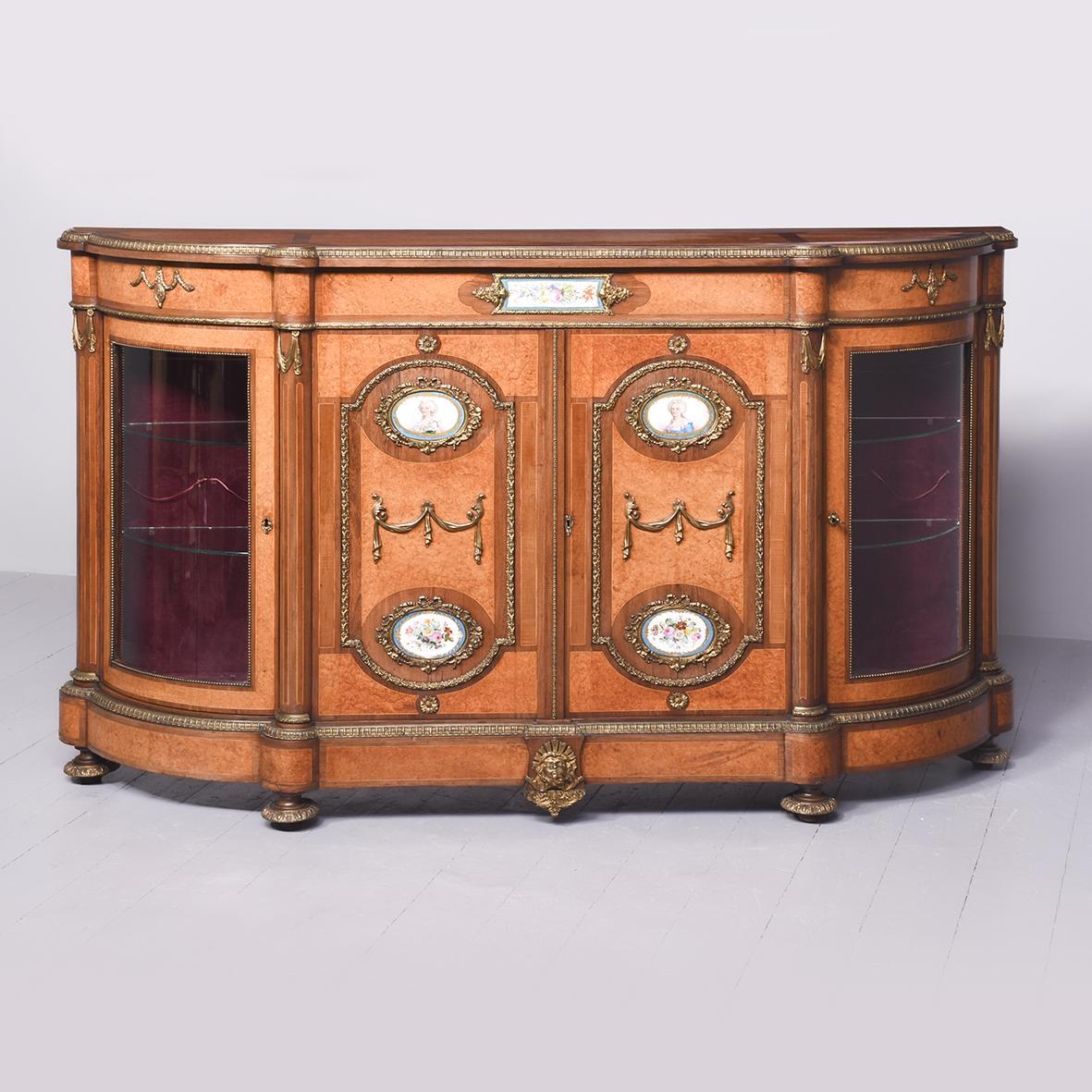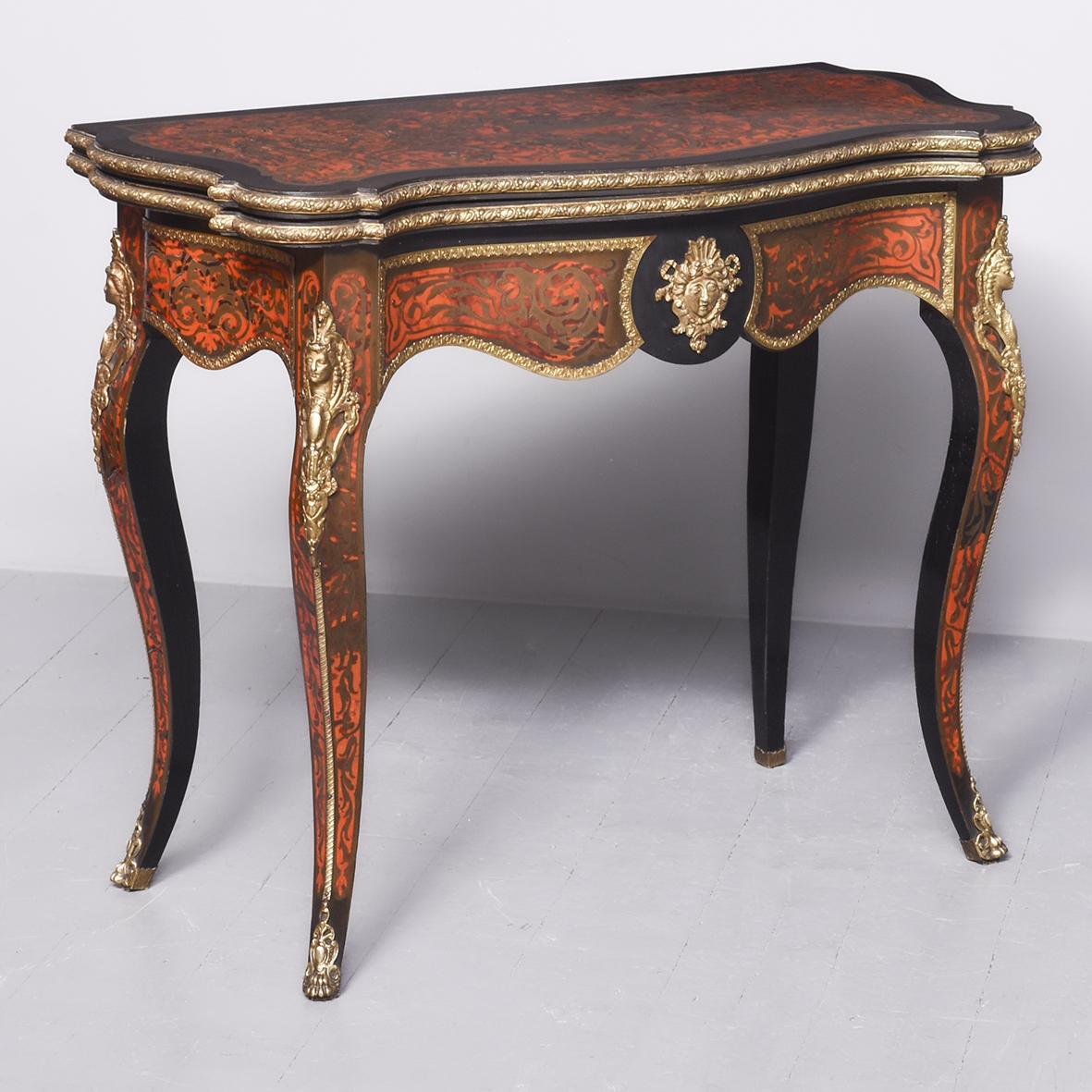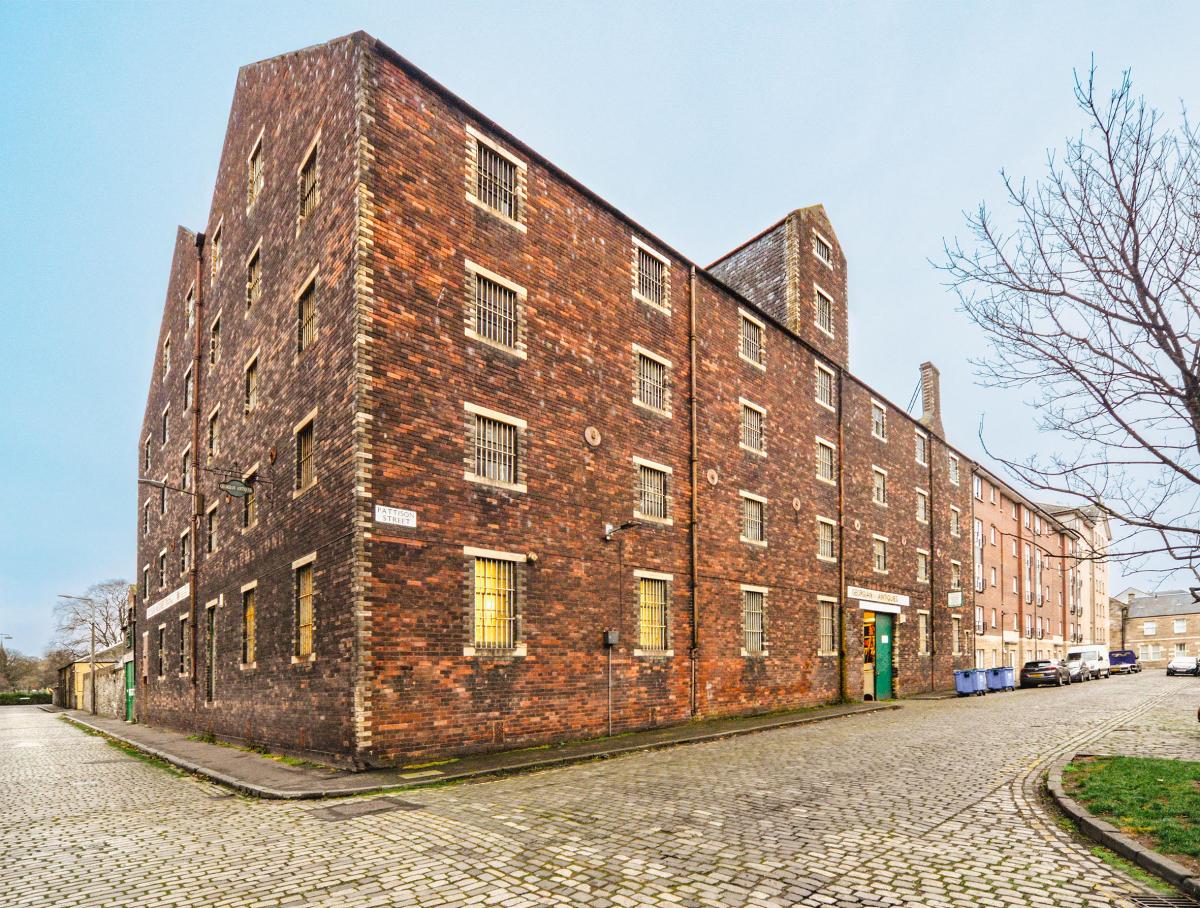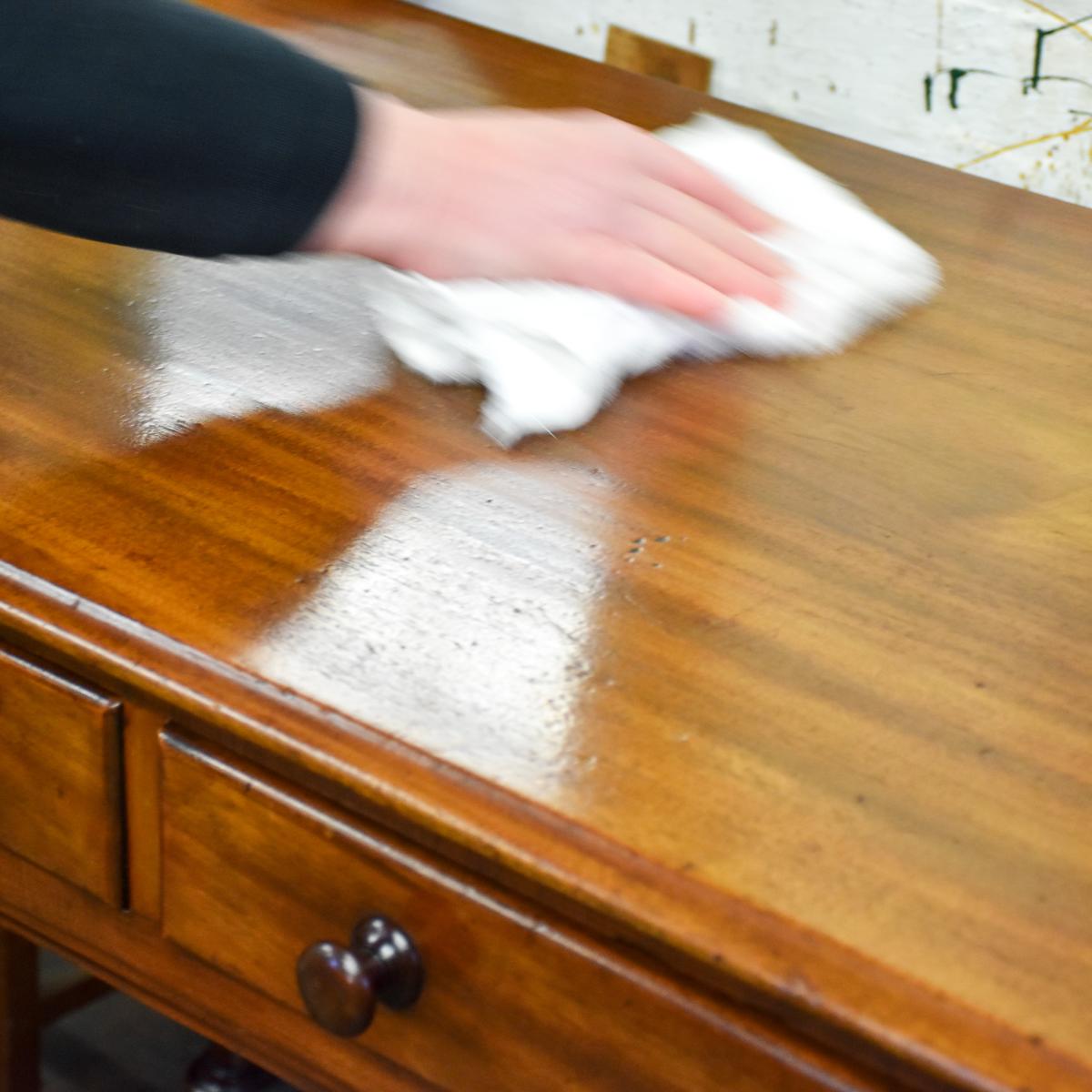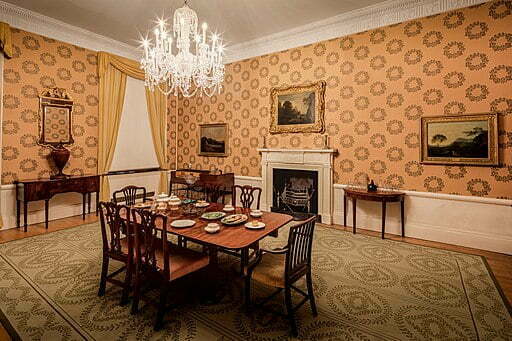News
FEATURE
NEWSLETTER
Subscribe
Email updates from Georgian Antiques:
We will not pass on your details to third parties.
You can unsubscribe at any time.
Features & Articles
Subscribe to the Georgian Antiques newsletter to get these articles (and more) delivered via email.
Featured Stock: Antique Music Stands
This week we want to show you another collection of unique antiques – that being our music stands. Music stands are fantastically functional pieces, designed to hold sheets of music upright and in position for ease of reading while playing. Because users will be moving between seating and standing positions while practicing or performing, most…
Featured Stock: Pretty Pairs of Antique Lamps
Browse our stock of lovely lighting to brighten your home. We hope you are all well. We are glad to be bringing to you another ‘featured stock’ post. As you may know we store such a vast amount of antiques, so it is always good to focus on different categories from time to time. Lately,…
Featured Stock: Impressive Antique Wall Mirrors
We hope you are well! For this post we have decided to share some of the impressive wall mirrors we have in stock at the moment. We have a wealth of sizes, styles, and functions, from which we have compiled a selection our larger wall mirrors below. So, if you are looking for something smaller,…
Featured Stock: Antique Cabinets & Credenzas
At the end of last year, our team of French polishers were busy cleaning and waxing many of our cabinets and credenzas, bringing them back to their former glory. We thought we simply must share these with you! See below to browse some of these (in stock at the time of publishing), or click here…
Featured Stock: Antique Card Tables
Browse and learn more about our quality card tables. The weather is getting colder and we are spending more time indoors, so we have just the antiques for you. Perhaps you are looking to spend a little less time in front of the television or scrolling the socials, and are looking for something a touch…
Tips & Techniques to Look After Your Antiques!
The Second Installment of Helpful Hints from Yours Truly. The sun is peeping out now and again, and between showers we are having a good old Scottish summer here in Edinburgh! On that note, we actually want to share some helpful information on sunlight and the environmental conditions in your home when it comes to…
Tips & Techniques to Look After Your Antiques
Helpful Hints from Yours Truly. We have been looking through our archives and came across an old manual of ours full of information on how to look after your antique furniture. It is a resource that is too good not to share – we hope you find it useful! We have picked out 5 topics…
Antique Dining Room Furniture: A Short History
A group or family dining experience was an important feature in the wealthiest homes of Georgian Britain, with contemporary sources describing many hours spent around the dining table, and the importance of presentation in both the food and the fixtures! The dining room was an elegant and well fitted room in the Georgian period and…
Empire Revival Antiques: A Short History
What Is The Empire Style? The Empire Style (1800-1815) originated in the French court of Napoleon I. This opulent style often used a combination of Neoclassical ornamentation and symbols with Napoleonic motifs, and greatly influenced the furniture, arts, and textiles of the day. It is often considered the second stage of the Neoclassical movement. As…
Antique Stools: A Short History
Antique stools may seem a common feature in homes today, but their history goes a lot further back than you may think! A stool is simply defined by the Oxford English Dictionary as a seat without a back or arms, raised from the ground on a series of legs. With ancient origins dating back to…
